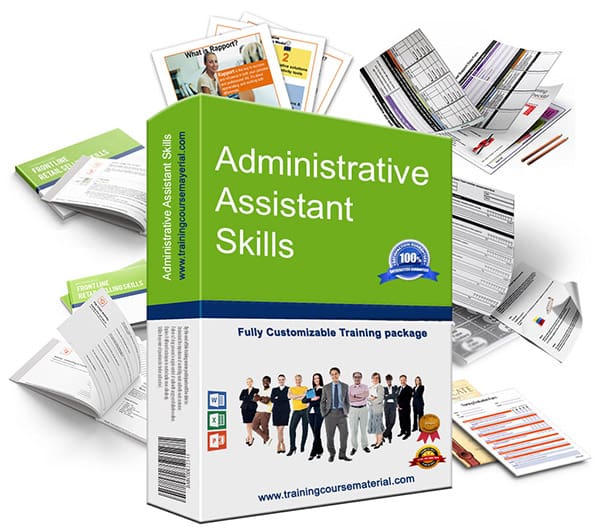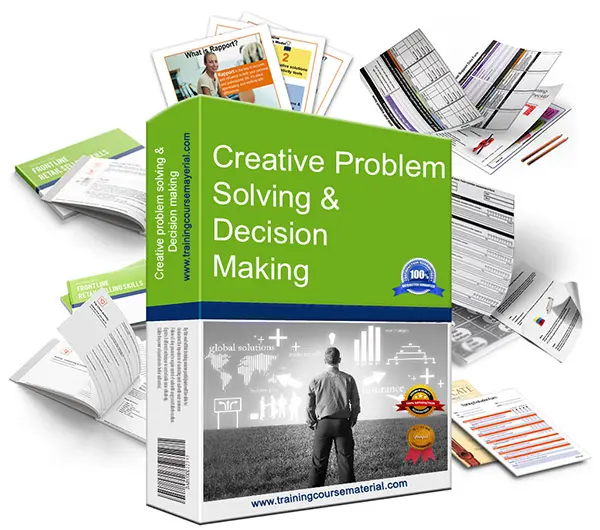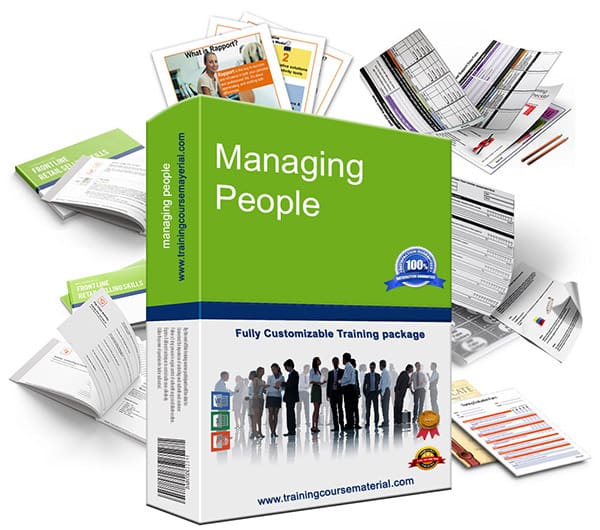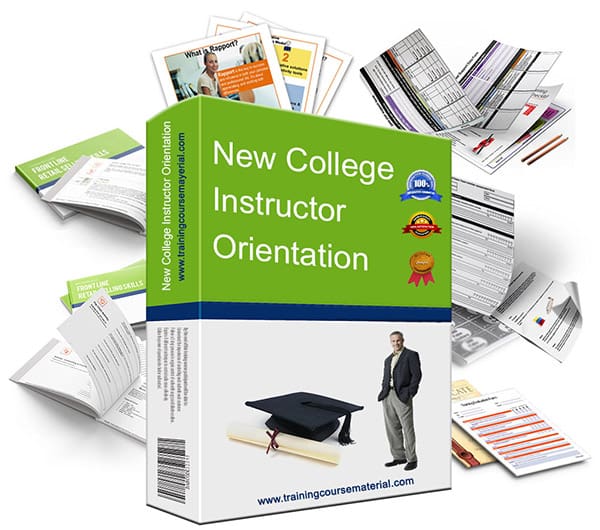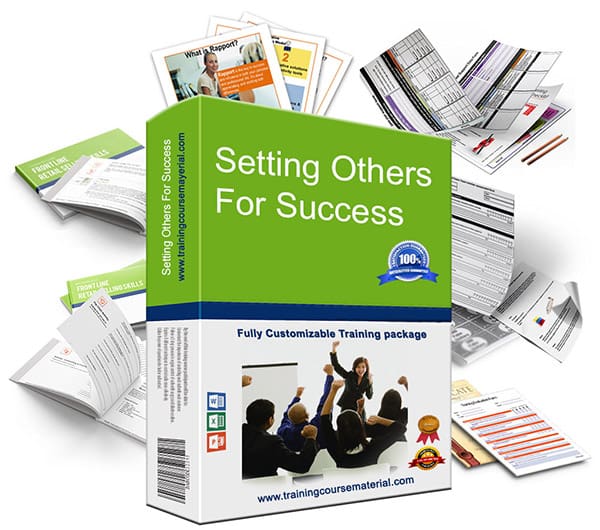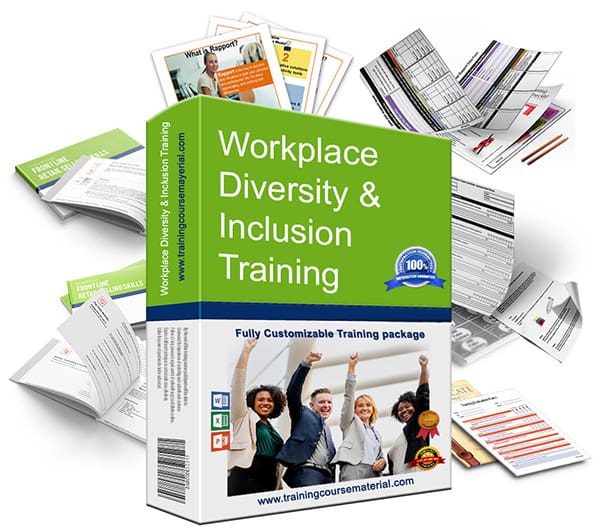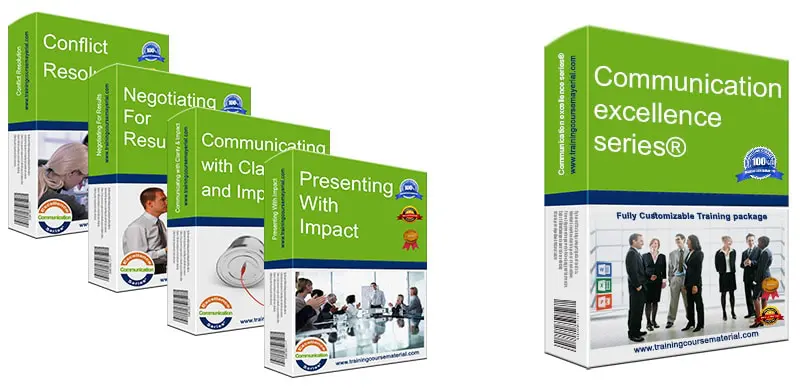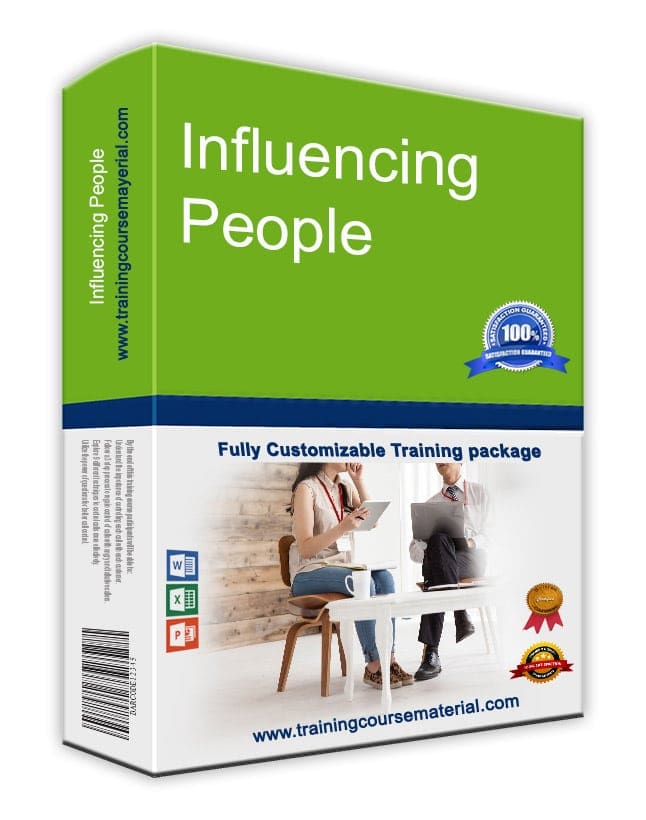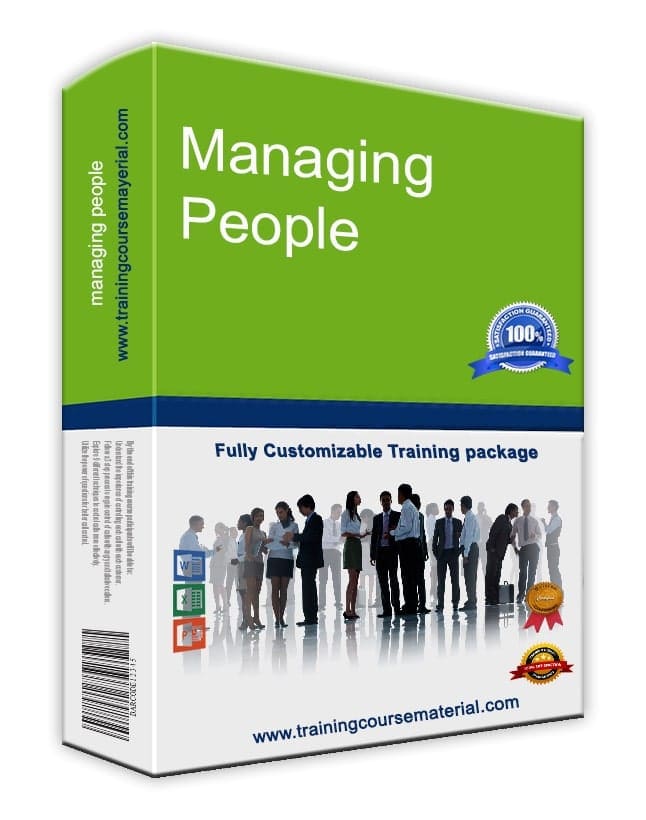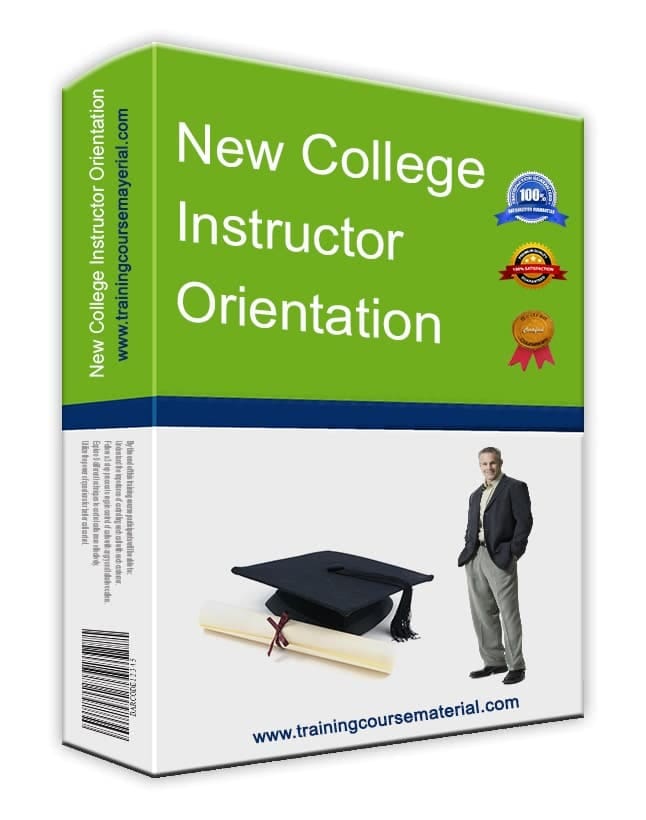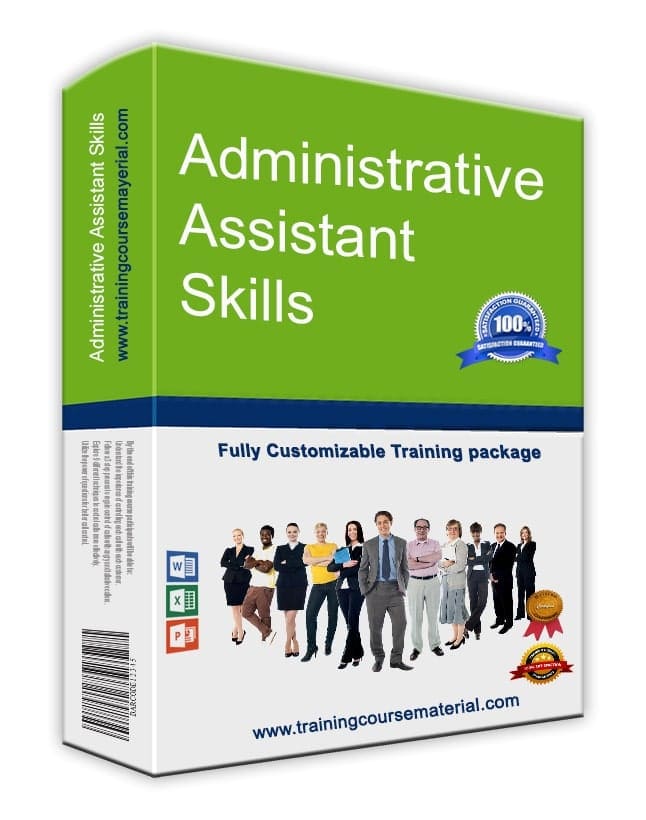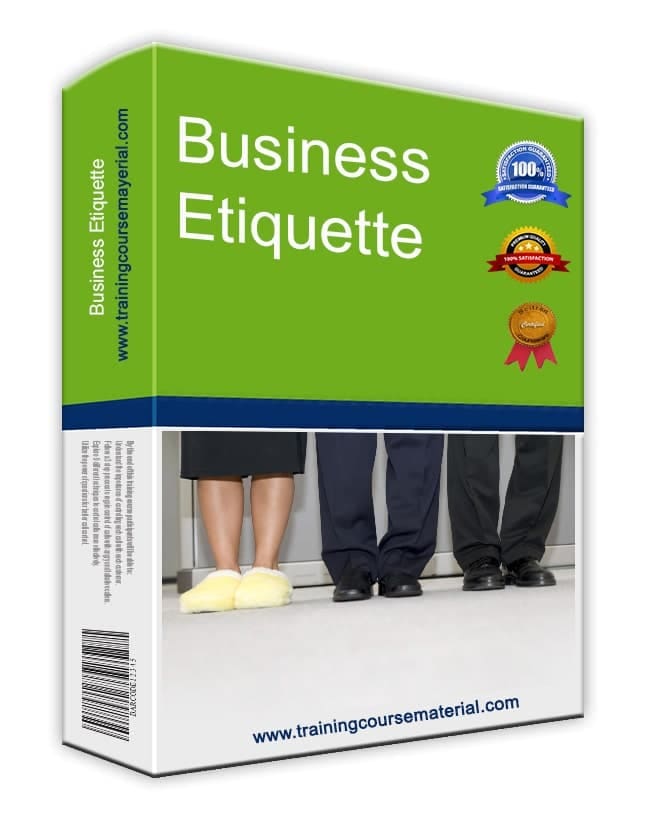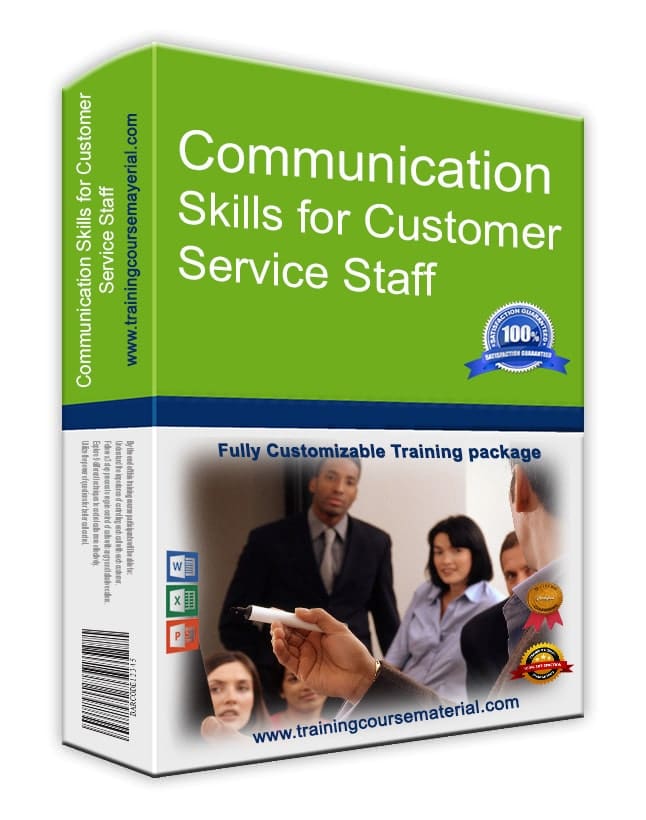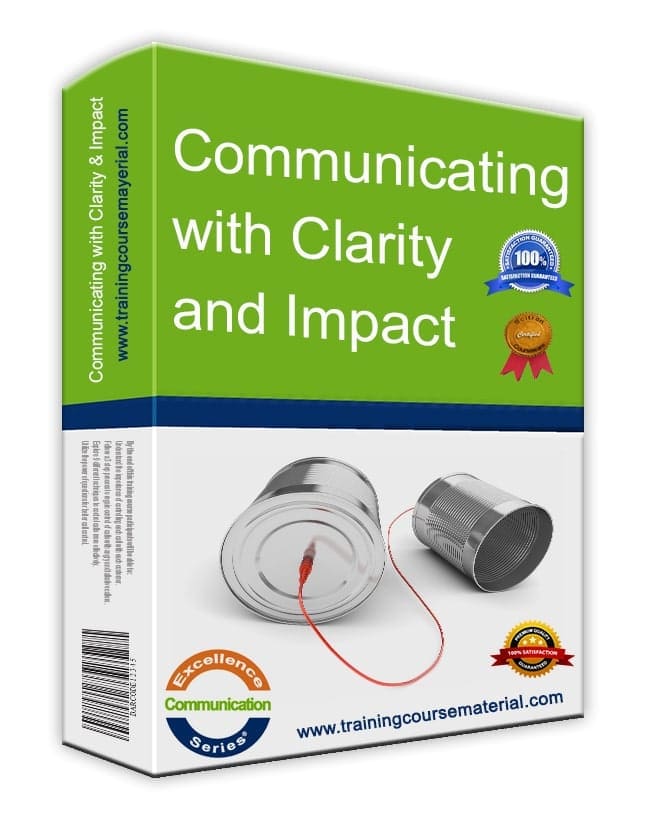By Training Course Material FZE ·
Originally published: 02 April 2021 ·
Last updated: 13 August 2025
Authenticity isn’t a slide—it’s a feeling in the room. When people feel safe and seen, they speak in their own words and connect ideas to their work. You can set that tone with small choices across the session.
What “authentic” looks like in class
- People tell real stories, not polished answers.
- Questions surface early, not at the end.
- Participants link ideas to live work problems.
- Energy stays steady without you pushing.
10 practical ways to invite authenticity
- Use inclusive language. Say “we / us / our.” Frame tasks as shared (“We’ll test a script together”).
- Share one of your stories first. Keep it short and specific. Model the level of candor you want.
- Ask them for stories. Prompt: “Where has this shown up for you this month?” Follow with one question: “What did you try?”
- Surface learning fears. Quick poll or sticky notes: “What might get in the way today?” Read a few out and normalize them.
- Co-create ways to handle those fears. Take 5–10 minutes to agree on two supports (e.g., pair practice before group share).
- Use writing bursts. 90 seconds to jot thoughts before speaking. Collect questions on cards if the group is quiet.
- Invite questions often. Add checkpoints: after every segment, ask for one question per table; take one from chat or cards.
- Ask better questions. Use “what/when/how” stems. Example: “What would make this workable next Tuesday?” Avoid yes/no.
- Let learners teach a slice. In pairs, have them explain one step to another pair. Rotate. Debrief what clicked.
- Give a problem worth solving. Short case from their world. Make success criteria clear; ask teams to show their first draft, not perfection.
Micro-activities to try today
Two Truths and a Task (5 min): In trios, two share a quick win and a stuck point; third person offers one next step. Rotate.
Write‑Then‑Say (4 min): 90 seconds private notes → 90 seconds pair share → 60 second group harvest. Great for quieter groups.
Case Post‑Its (8 min): Teams post one real case each; pick one to practice with a simple script.
Trainer’s micro‑checklist
- Set norms: confidentiality, curiosity, no fixing without asking.
- Model brevity: your stories ≤ 60 seconds.
- Use timers and visible turns to keep airtime fair.
- Translate every concept to a “this week at work” example.
- Close each block with: “What will you try by Friday?”
Common pitfalls (and quick fixes)
- Forced vulnerability. Invitation beats pressure. Offer opt‑outs and alternative prompts.
- One loud voice. Use rounds or cards to even airtime.
- Story without link to work. Always ask, “Where does this matter on the job?”
- Too theoretical. Add a 5‑minute practice before any long discussion.
Try these next
Related training material packages
FAQs
What if no one shares at first?
Lower the bar: ask for a one‑word check‑in, then a pair share, then a group share. Use writing first.
How do I manage oversharing?
Thank them, set a time limit, and redirect to the skill: “What’s the takeaway for this week at work?”
Should stories be anonymous?
When in doubt, anonymize. Remind the group of confidentiality norms and get consent before retelling.
How do I include quieter people?
Use rounds, small groups, and write‑then‑say. Invite, don’t force.
How can I tell if authenticity is improving?
Listen for concrete examples, more questions, and references to live work. Add a quick exit survey.

